How Self-Drilling Rock Bolts Enhance Tunnel Support in Fractured Rock?
Time:2025-08-15From:sinorock View:
Tunnel support in fractured rock presents unique challenges, where instability, rock falls, and deformation can compromise safety and efficiency. Self-drilling rock bolts integrating drilling, grouting, and anchoring into one streamlined process. These rock bolts are particularly effective in weak, fractured strata, offering immediate stabilization without the need for separate casing or pre-drilling. This article explores how self-drilling rock bolts enhance tunnel support in fractured rock, their benefits, installation methods, and real-world applications, optimized for engineers and contractors seeking reliable geotechnical solutions.
1. Why Self-Drilling Rock Bolts for Fractured Rock Tunnels?
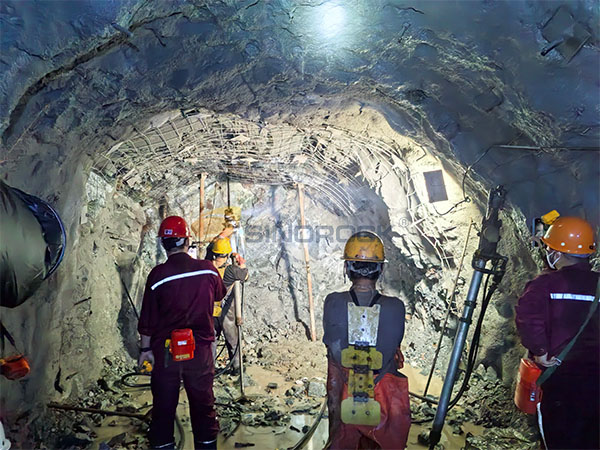
Fractured rock strata, characterized by cracks, joints, and low cohesion, often lead to tunnel collapses or excessive deformation during excavation. Traditional rock bolts require stable boreholes, which are difficult to maintain in such conditions. Self-drilling rock bolts address this by using a hollow, threaded bar with a sacrificial drill bit, allowing simultaneous drilling and anchoring. This design minimizes borehole collapse and provides instant support upon installation.
2. SINOROCK Self-Drilling Rock Bolts
.jpg)
In 2025, innovations in sinorock self-drilling rock bolts include optimized thread designs for smoother penetration into fractured formations and high-tensile materials like GFRP for corrosion resistance. These rock bolts are ideal for dynamic environments, such as those affected by blasting-induced cracks from the DBM, commonly used in rock tunnels. Unlike conventional systems, self-drilling rock bolts combine functions into a single operation, reducing labor and time while enhancing safety in overburdened or soft fractured rock.
Key components include the hollow anchor bar (external thread for grouting), drill bit (carbide for hard rock), and nut/plate for tensioning. They work on the principle of load transfer: the rock bolt reinforces the rock mass by distributing stresses and preventing shear failure. For fractured rock, this means better permeability enhancement through grouting, filling voids and stabilizing the surrounding matrix.
3. Benefits of Self-Drilling Rock Bolts in Fractured Rock Support
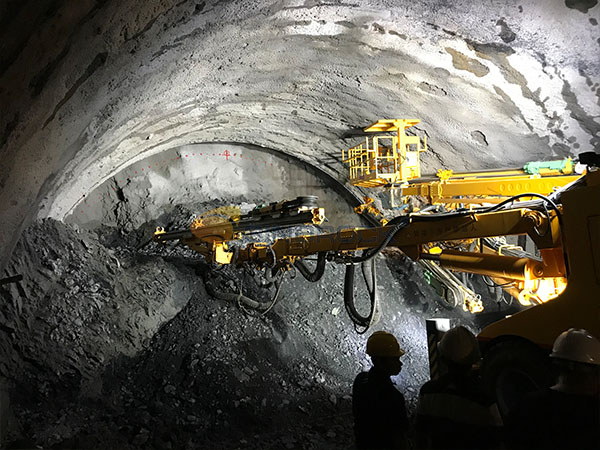
Self-drilling rock bolts offer economic and efficient support for fractured rock masses, making them widely used in tunneling and mining. Here are the primary advantages:
3.1 Efficiency and Speed
By eliminating separate drilling steps, Self-drilling rock bolts reduce installation time by up to 50% in unstable ground. This is crucial for fast-paced projects like urban metros, where delays can escalate costs.
3.2 Adaptability to Weak Strata
In fractured or broken rock, traditional rock bolts fail due to borehole instability. Self-drilling rock bolts's self-drilling feature ensures reliable placement, even in soft clay, loose sand, or highly jointed rock.
3.3 Enhanced Safety
Immediate grouting provides active support, minimizing rock falls and deformation. High-prestressed variants can handle tensile strengths over 1 GPa, ideal for rockburst-prone areas.
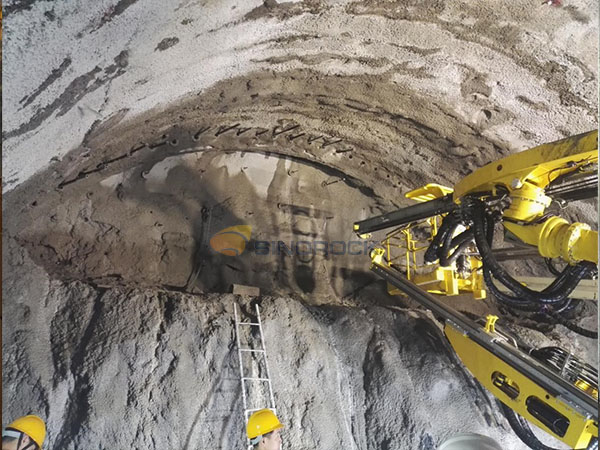
3.4 Cost-Effectiveness
Lower material and labor needs make self-drilling rock bolts a budget-friendly option. For instance, series like R25, R32, and R38 offer scalable load capacities for varying fracture densities.
3.5 Durability
Corrosion-resistant coatings or stainless steel variants extend lifespan in humid or aggressive environments, such as subsea tunnels.
4. Step-by-Step Installation of Self-Drilling Rock Bolts in Fractured Tunnels
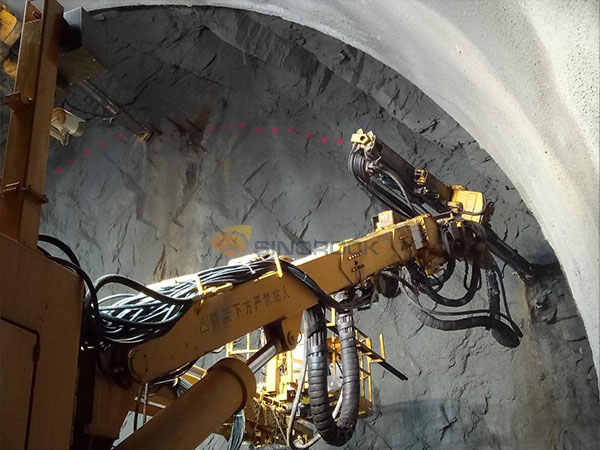
Recent studies highlight their role in preventing tunnel deformation by reinforcing blast-induced fracture networks, ensuring long-term stability. Installing self-Drilling Rock Bolts in fractured rock requires precision to maximize effectiveness.
4.1 Site Assessment
Evaluate rock mass using classification systems (e.g., RMR or Q-system) to determine fracture density, water inflow, and rock bolt specifications. Select rock bolt length (typically 3-6m) and diameter (R25-T76) based on load requirements.
4.2 Preparation
Assemble the hollow anchor bar with the drill bit and connect to a hydraulic or pneumatic rig. Ensure PPE and monitor for rock instability.
4.3 Drilling
Insert the rick bolt and drill at 100-200 rpm, flushing debris with water or air. In fractured rock, maintain low pressure to avoid widening cracks.
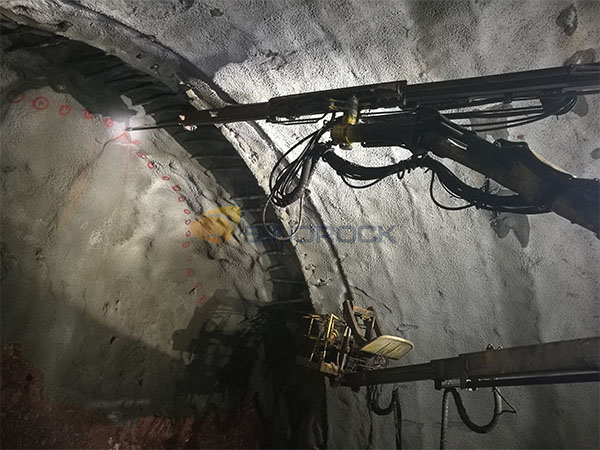
4.4 Grouting
Once at depth, inject cement or resin grout through the hollow core (water-cement ratio 0.4-0.5). This fills fractures, enhancing bond strength.
4.5 Tensioning and Testing
After grout sets (24-48 hours), apply torque (50-70% yield strength) and perform pull-out tests to verify anchorage.
4.6 Integration
Combine with mesh, shotcrete, or arches for comprehensive support.
5. Case Studies: Real-World Success in Fractured Rock Tunnels
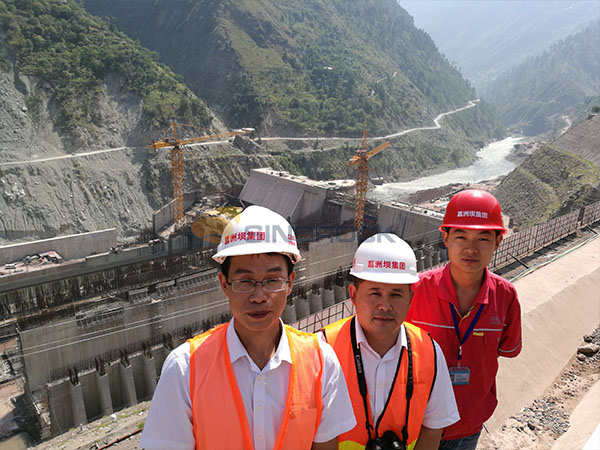
In MOHMAND hydropower project, Pakistan, the surrounding rocks of the dam foundation and the hole are mainly sand, gravel, alluvial sand and other strongly weathered strata, which are very prone to collapsing the hole after drilling. R32N*4m galvanized anchor bolts with tungsten carbide cross-cut drill bit, 51mm OD, 8m hole depth is used.
This project has successfully solved the support problem of the formation prone to collapsed holes by adopting self-drilling rock bolts, the drilling time of each hole is about 16-30 minutes, which is more efficient, and the cost of self-drilling rock bolts can be lowered by about 20-30% compared with the construction of the casing.
This example demonstrates self-drilling rock bolt's versatility, from soft broken rock to high-stress environments.
Conclusion
Self-drilling rock bolts are indispensable for tunnel support in fractured rock, offering efficiency, safety, and adaptability in demanding projects. By integrating advanced materials and techniques, they ensure stable excavations in complex geology. For engineers tackling urban or mining tunnels, self-drilling rock bolts represent a forward-thinking choice. Partner with suppliers Sinorock for customized solutions and elevate your project's success.
latest news
-
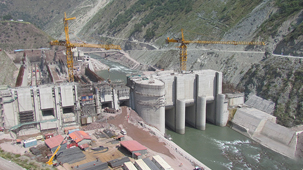
- What Are the Applications of SDA Bolts in Hydropower Stations?
- Time:2025-08-21From:This Site
- Learn how self-drilling anchor bolts enhance slope stability, tunnel support, and dam reinforcement in complex geological conditions at hydropower stations. Optimize hydropower projects with efficient, cost-effective, and eco-friendly solutions.
- View details
-
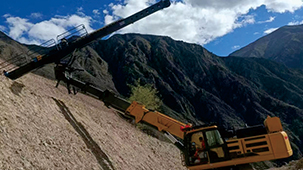
- Slope Stabilization with SDA Bolts: Benefits & Applications
- Time:2025-08-19From:This Site
- Discover how self-drilling anchor bolts (SDA bolts) provide superior slope stabilization for highways, railways, and tunnels. Learn their key benefits, installation process, and real-world applications in loose or collapsible soils.
- View details
-
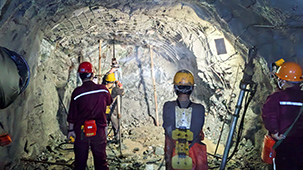
- How Self-Drilling Rock Bolts Enhance Tunnel Support in Fractured Rock?
- Time:2025-08-15From:This Site
- Discover how self-drilling rock bolts enhance tunnel support in fractured rock. Learn their benefits, installation steps, and real-world applications for safe, efficient tunneling.
- View details
-
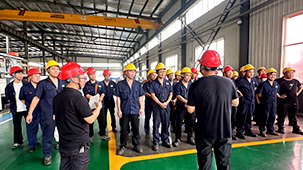
- Sinorock 2025 Quality Month | Strengthening Quality Foundations, Empowering Product Excellence
- Time:2025-08-13From:This Site
- Sinorock’s 2025 Quality Month, themed “Strengthening Quality Foundations, Empowering Product Excellence,” successfully concluded, reinforcing our commitment to superior product quality.
- View details
-

- Sinorock Safety Month 2025 | Everyone Speaks Safety, Everyone Can Respond
- Time:2025-07-03From:This Site
- Sinorock Safety Month 2025, centered on the theme "Everyone Speaks Safety, Everyone Can Respond - Spot Workplace Hazards," has wrapped up successfully!
- View details
-
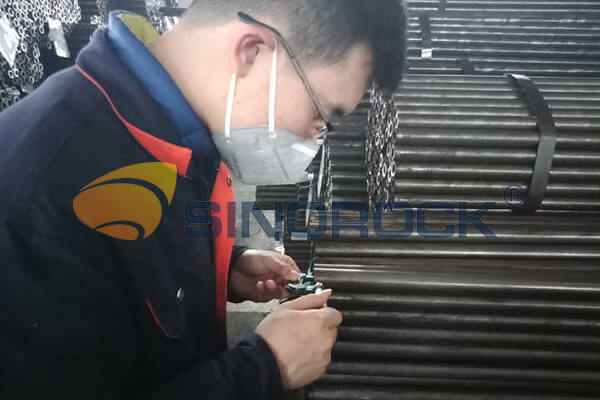
- Quality Control: the Vital Factor of A SDA Bolt Factory
- Time:2025-01-09From:This Site
- Sinorock’s comprehensive quality control system, from supplier management to outgoing inspections, ensuring the highest standards for self-drilling anchor bolts in construction.
- View details
-
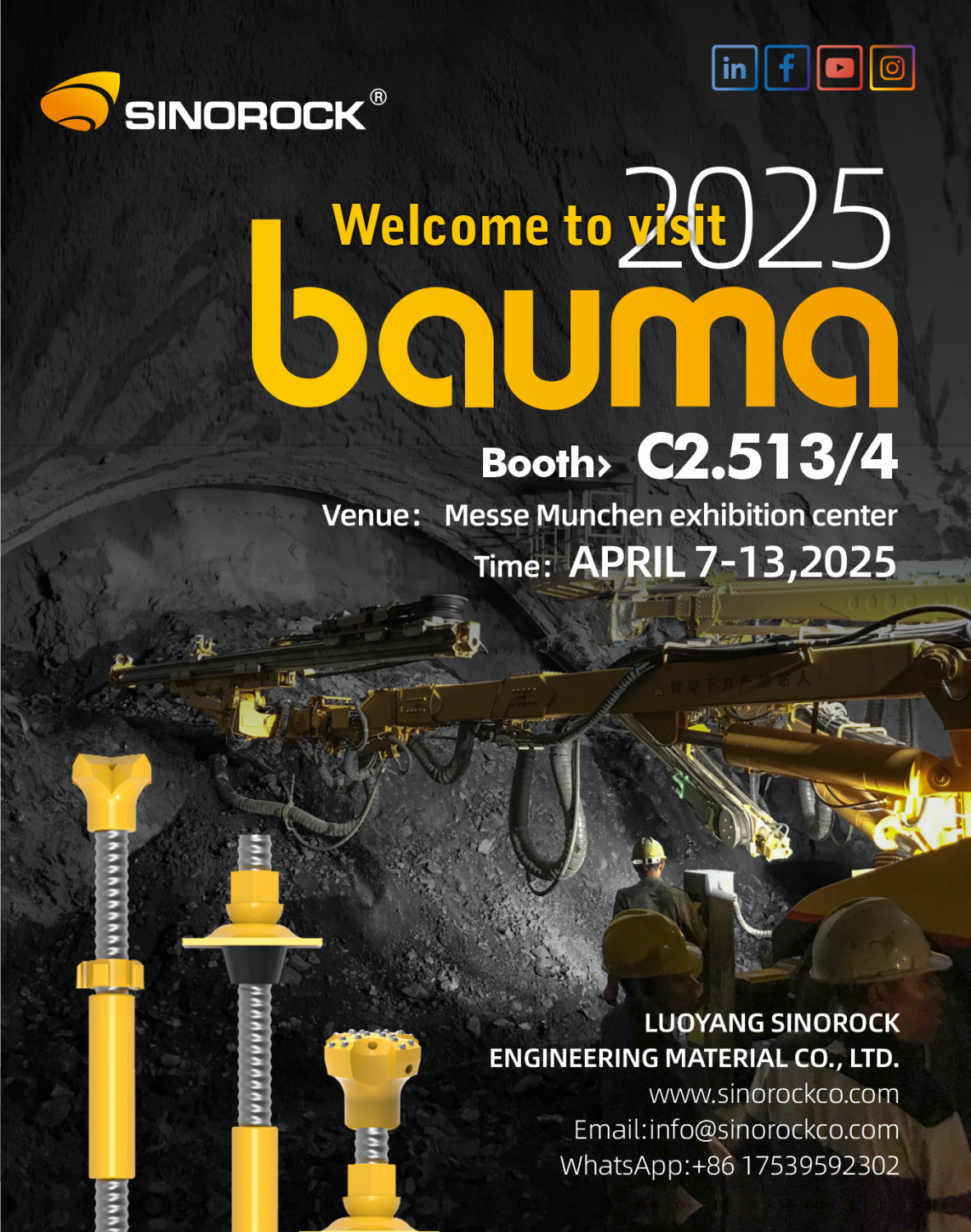
- Sinorock Invites You to Explore Proven Self-Drilling Anchor Bolt Solutions at bauma 2025
- Time:2025-03-07From:This Site
- From April 7–13, 2025, explore Sinorock’s Self-drilling anchor bolt solution at Booth C2.513/4 in Hall C2 of the Messe München Exhibition Center (Munich, Germany).
- View details
-
.jpg)
- SINOROCK to Attend EXPOMINA PERÚ 2024 in Lima, Peru
- Time:2024-08-10From:This Site
- Sinorock to Attend EXPOMINA PERÚ 2024 in Lima, Peru
- View details
-
.jpg)
- SINOROCK to Participate in MINING AND METALS CENTRAL ASIA 2024
- Time:2024-08-08From:This Site
- SINOROCK to Participate in MINING AND METALS CENTRAL ASIA 2024
- View details
 Download
Download 


